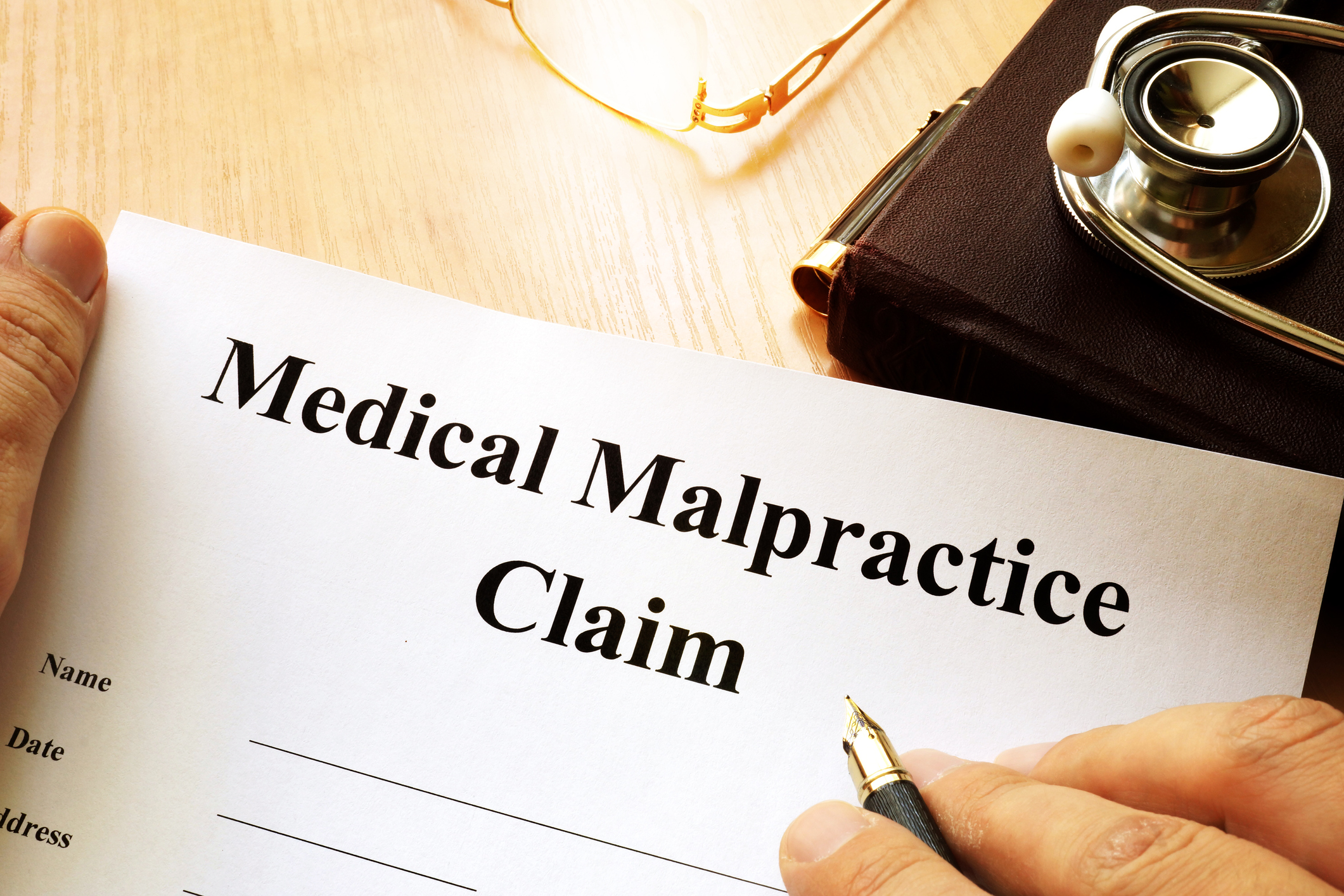Medical malpractice, on average, kills more people annually than automobile accidents, suicide, and firearms combined, according to research conducted at Johns Hopkins University. Despite this data, medical service providers, nursing home facilities, and hospitals are still not held accountable for preventing such a high number of mishaps. Around 210,000 to 440,000 patients suffer from negligent treatment or malpractice that could easily be prevented by medical staff and nursing professionals, as stated in the Journal of Patient Safety (2024). Research, statistics, and surveys have found that medical malpractice is the third leading cause of death in the United States.
If your loved ones have been victims of such practices, you should change their doctor to ensure their safety. After that, you should file a lawsuit against the hospital or the offender to seek compensation for the incurred losses. To read more about medical malpractice and its claims, visit www.sullivangalleshaw.com.
Do I Have a Medical Malpractice Case?
You need to understand, from a legal perspective, what does and does not constitute a medical malpractice claim. If you are not satisfied with the care and treatment of your doctor, that alone does not make it a medical malpractice case. If you have been suffering from pain or other negative outcomes but the treatment—such as surgery, medication prescribed, and care—was all done properly and in accordance with normal medical industry standards, then you might not have a case.
Having a bad outcome is unfortunate, but it does not necessarily imply that you can sue your doctor or the hospital unless there are mistakes or errors. A medical malpractice lawsuit must establish these four elements:
- A justifiable doctor-patient relationship
- A breach or violation of the defined duty of care
- Causation connecting the breach and harm
- Actual, valid harm
Recovering Financial Losses for Medical Malpractice in NYC
Medical malpractice can cause severe damage to an individual and, in some cases, result in lifelong injuries or even death. It is imperative to file a legal case to address financial and intangible losses such as medical bills, incorrect treatments, lost wages, pain, and suffering. In New York, one can hold the hospital or medical professional liable, as state law does not define a statutory cap on medical malpractice damages. However, this does not imply that obtaining compensation will be easy. Defendants are often aggressive and well-versed in medical industry laws and regulations, meaning they can manipulate certain instances to defend or deny your claim, potentially resulting in reduced payouts.
Common Malpractice Damages That One May Claim:
- Surgery & operations
- Wrongful death of a family member
- Pain and suffering
- Psychological damage
- Mental distress
- Emergency room care
- Hospital bills, treatment costs, and other relevant expenses
- Ongoing and rehabilitative care
- Scarring, burns, and disfigurement
- Lost wages (current and future income)
- Long-term physical and mental damage
A lawyer will not only provide explicit legal guidance but will also help make your case viable. The lawyer can petition the accused authorities – hospital, nursing home, or care facility to review the medical records, identifying all adverse events. They will search for any signs of infection or injury that were intentional or caused by recklessness. After thoroughly reviewing all medical treatments and records, the condition will be assessed by a professional doctor to determine the extent of the harm, which will then be documented.
When you or someone else files a medical malpractice claim, it becomes public, preventing the responsible hospitals or professionals from sweeping their wrongdoing under the rug. It also helps to prevent others from falling victim to similar negligent acts. Additionally, it encourages practitioners or facilities to learn from their mistakes. The legal process ensures that they are held accountable for their actions and helps prevent future medical mishaps.
Stay in touch with us for more updates and alerts! Tribunebreaking.com







